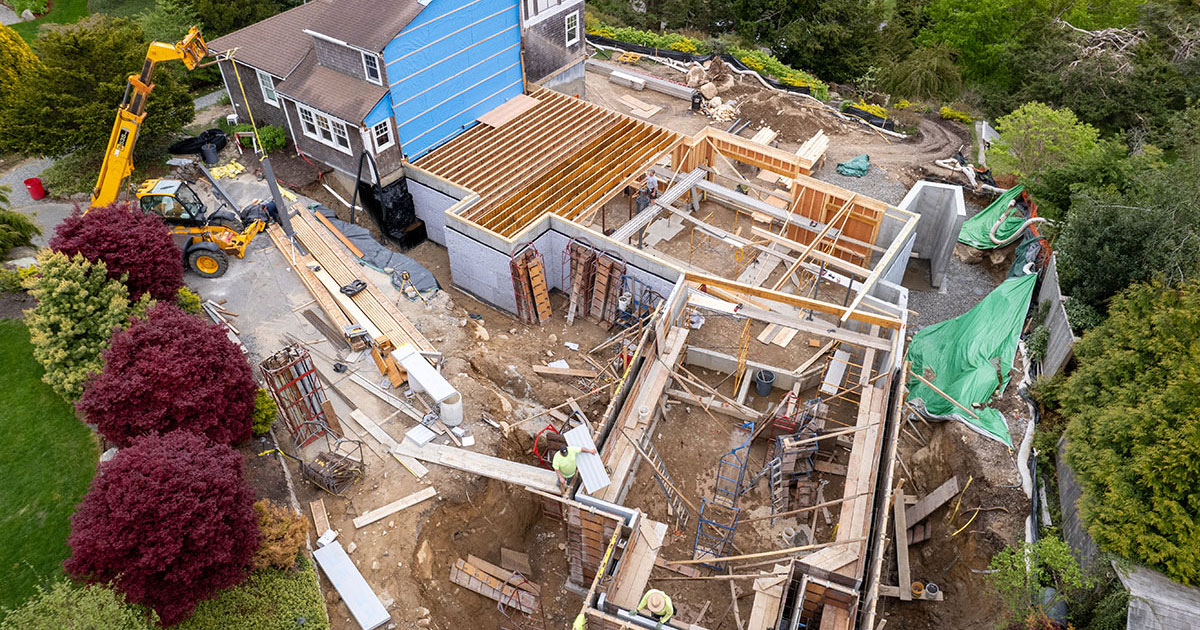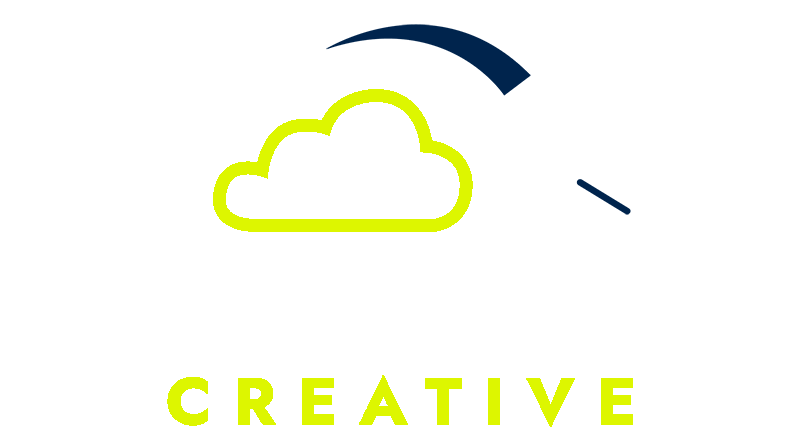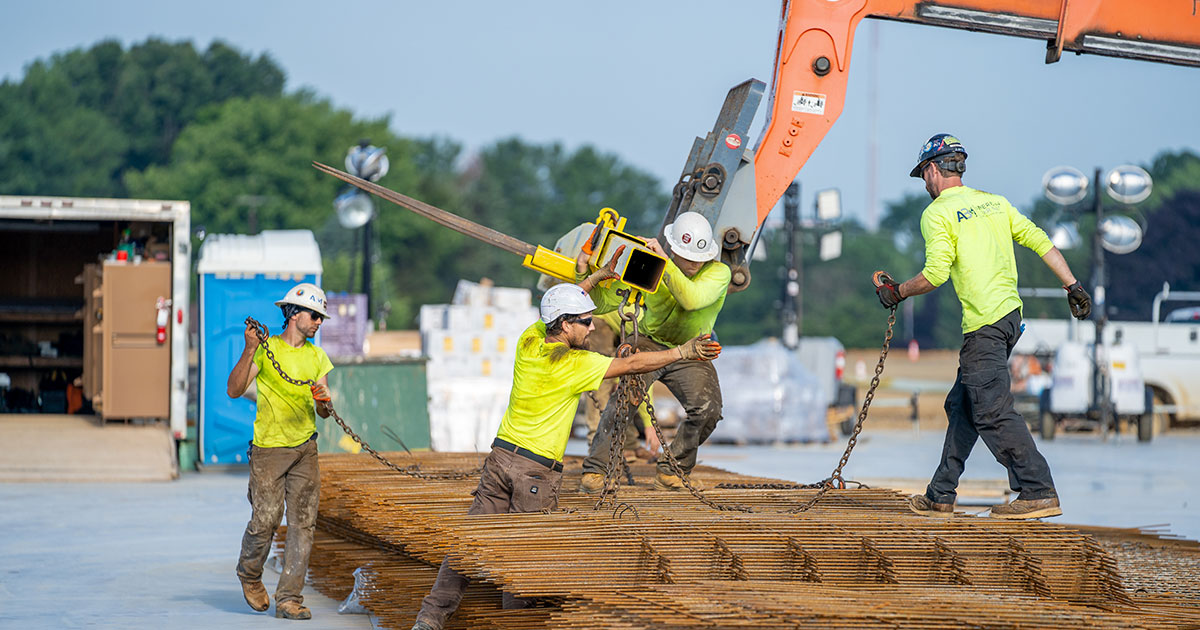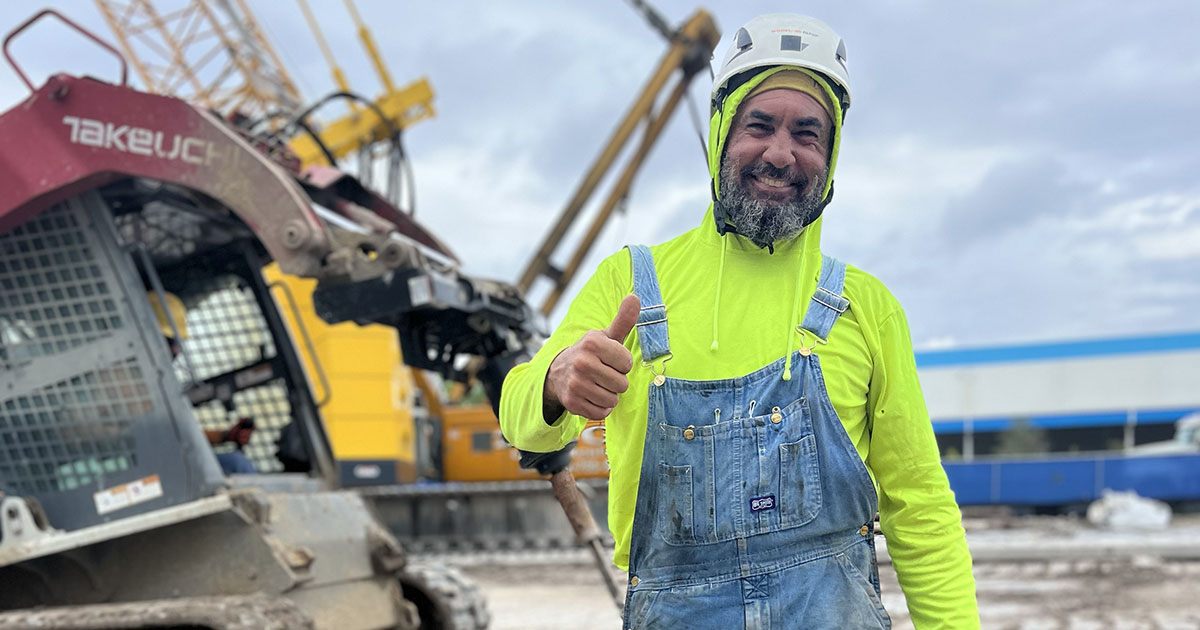
Why Multi-Language Support is Critical for Your Construction Website
The construction industry is one of the most diverse workforces in the United States. From skilled laborers to project managers, the industry depends on individuals from a wide range of cultural and linguistic backgrounds. As construction companies aim to expand their client base and workforce, having a website that supports multiple languages is no longer a luxury—it’s a necessity.
In this article, we’ll explore why multi-language support is critical for your construction website, how it benefits your business, and best practices for implementation.
Reflecting the Diversity of the Construction Industry
Multilingual Workforce
Many construction workers are more comfortable communicating in languages other than English. By providing content in multiple languages, you show respect and inclusion, which helps attract and retain skilled labor.
Global Clients and Partners
If your construction company works with international clients, developers, or suppliers, multi-language support ensures clear communication and smoother project coordination.
Expanding Your Client Base
Reaching Underserved Communities
Communities with high populations of non-English speakers often need construction services but may hesitate to reach out if they can’t understand your website.
Benefits:
- Attract residential clients who prefer reading in their native language.
- Improve accessibility for small business owners or developers from immigrant communities.
Boosting Local SEO
Google and other search engines favor websites that serve localized content. Having pages in different languages can help your construction company appear in local searches conducted in those languages.
Example:
If someone searches for “contratista general en Boston,” and your site has Spanish content, you’re more likely to rank higher in those search results.
Improving Communication and Reducing Misunderstandings
Clearer Project Expectations
Clients and subcontractors are more likely to understand timelines, pricing, and project requirements when they can access the information in their preferred language. This reduces the risk of miscommunication.
Better Employee Onboarding
Use your website as a tool to train and onboard workers by providing safety guidelines, HR policies, and orientation materials in multiple languages.
Enhancing Professionalism and Trust
First Impressions Matter
When potential clients or workers visit your site and see their language available, it builds trust and portrays your business as professional, inclusive, and client-focused.
Competitive Advantage
Most construction websites don’t offer multi-language options. By providing this feature, you differentiate yourself and show that your company is progressive and inclusive.
Supporting a Safer Job Site
Safety is a Universal Language—but It Starts with Clear Communication
On construction sites, misunderstandings can lead to serious accidents. Having important safety information, procedures, and updates available in multiple languages helps ensure everyone stays informed and protected.
How to Add Multi-Language Support to Your Website
Use a Multilingual CMS Plugin
If your website is built on platforms like WordPress, consider plugins like WPML or Weglot to translate content and manage multiple languages efficiently.
Prioritize Key Languages
Start by adding support for the most common languages in your region or within your workforce. In the U.S., this often includes:
- Spanish
- Portuguese
- Chinese
- Vietnamese
Optimize Language Switcher Placement
Make it easy for users to find and switch languages. Place a language selector at the top right corner of your website and use recognizable flags or abbreviations.
Future-Proofing Your Business
As the construction industry becomes more global and culturally diverse, your company must adapt. Offering multi-language support isn’t just about translation—it’s about inclusion, efficiency, and growth.
Benefits at a Glance:
- Attract more clients
- Improve safety
- Increase workforce diversity
- Enhance SEO performance
- Build community trust
Boosting Recruitment Through Language Inclusion
Many skilled workers, especially in trades like masonry, framing, and concrete work, come from multilingual backgrounds. Having a careers page or job application portal available in other languages (especially Spanish, which represents a large portion of the U.S. construction workforce) can dramatically increase the number of qualified applicants.
What to Include:
- Translated job descriptions
- Application forms in multiple languages
- Multilingual testimonials or employee spotlights
Why it Matters: Workers are more likely to apply—and stay—when they feel welcomed from their first interaction with your company.
Supporting Long-Term Community Engagement
Construction companies often work closely with neighborhoods, municipalities, and community groups. When your website content—such as project updates, impact notices, or public meeting information—is available in multiple languages, it helps foster trust with residents and stakeholders who may not speak English fluently.
Pro Tip: If you work on publicly funded projects, offering multi-language content may even help you meet community engagement or compliance goals.
Conclusion: Build a More Inclusive and Competitive Website
Your construction website should work just as hard as your team—serving a diverse audience, improving communication, and supporting safety. By adding multi-language support, you make your business more accessible, inclusive, and professional. It’s a simple but powerful investment that can significantly impact your bottom line and brand reputation.



